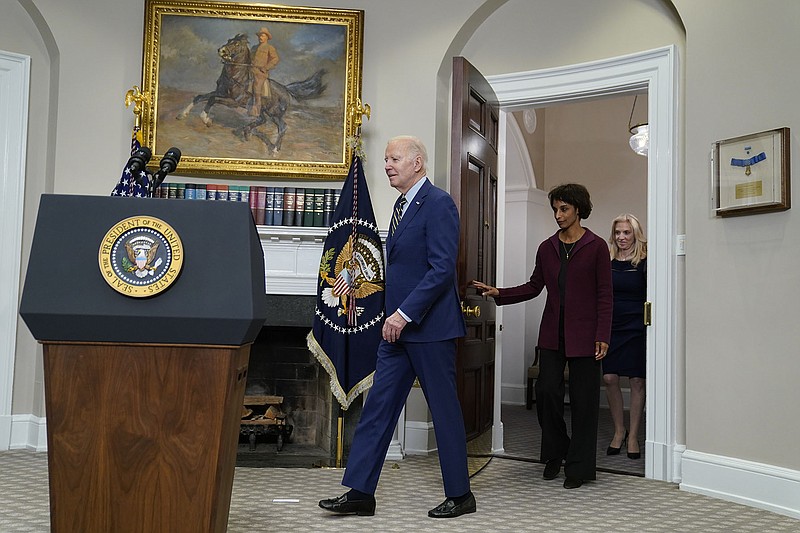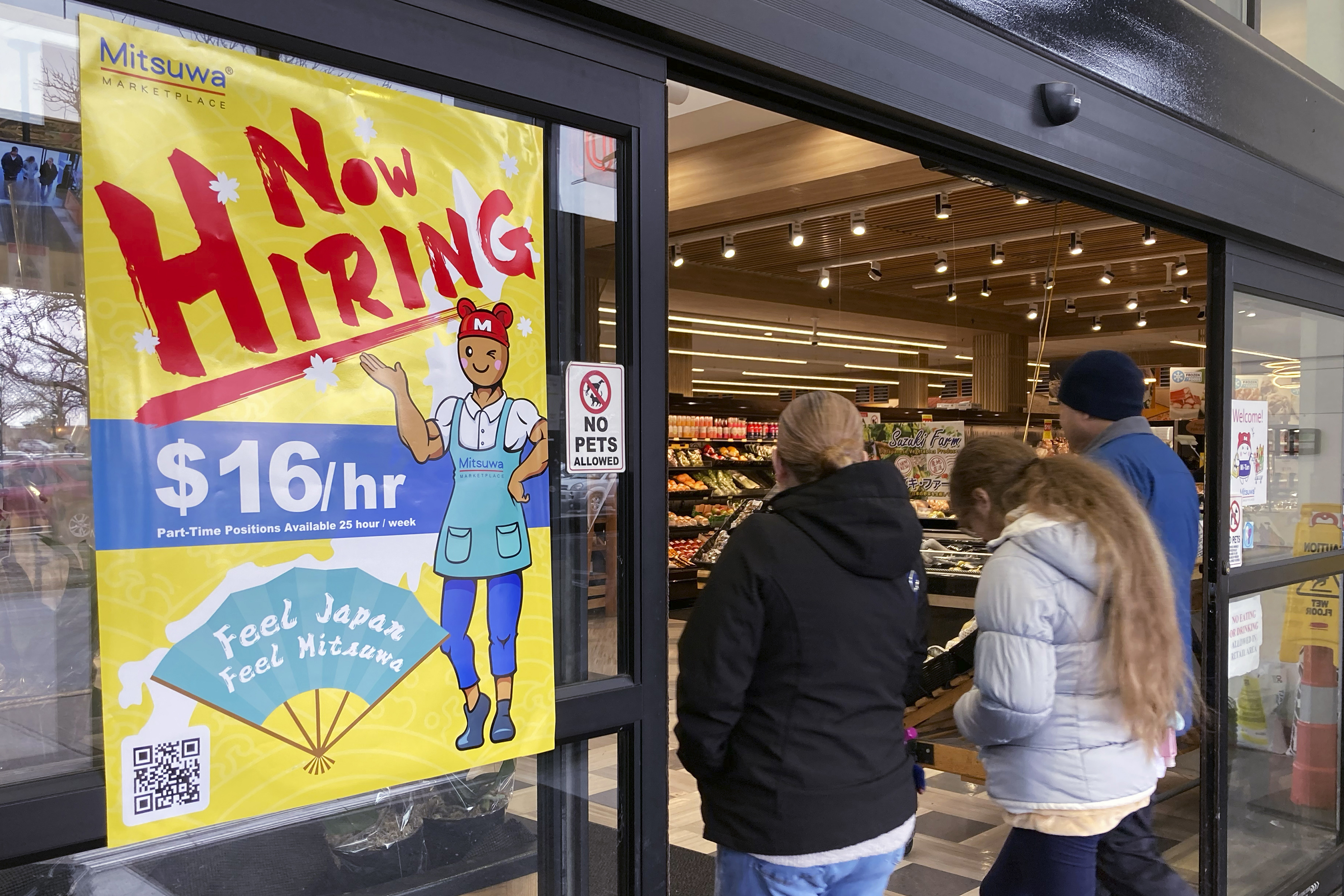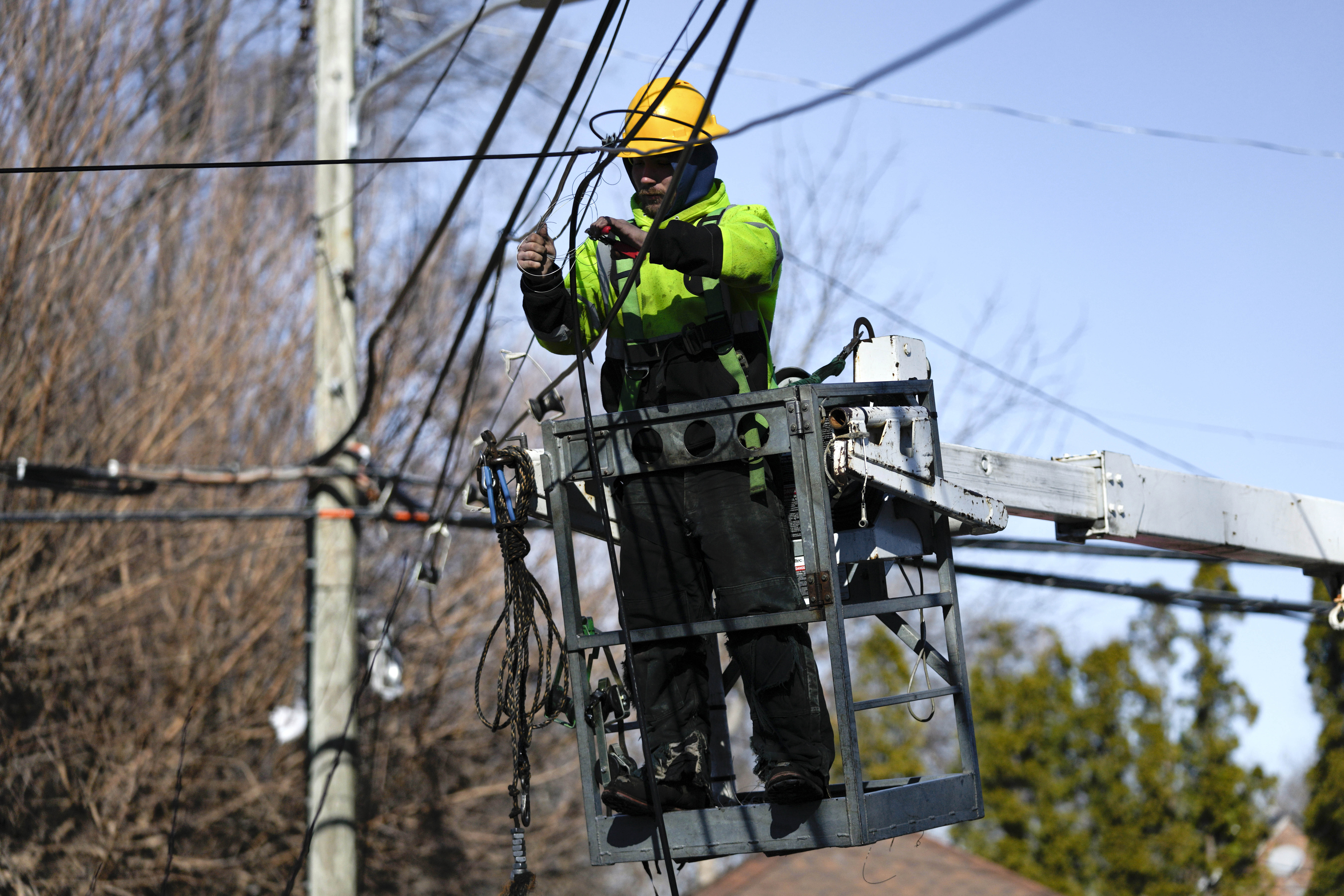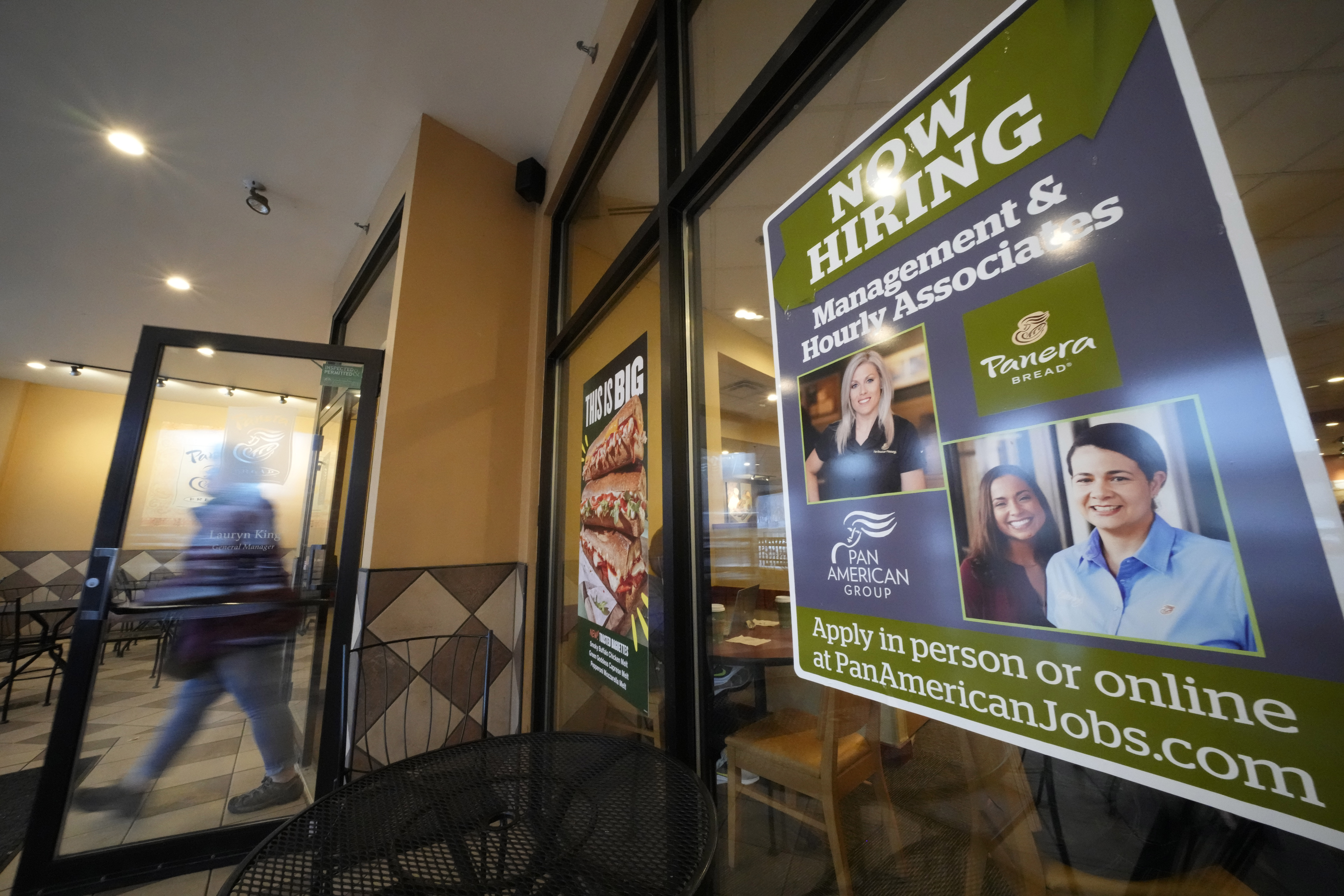Friday's U.S. employment report made clear the job market remains fundamentally healthy, with many companies still keen to hire despite aggressive efforts by the Federal Reserve to curb economic growth.
Employers added a robust 311,000 jobs in February, the Labor Department reported, continuing a hotter-than-anticipated streak -- albeit far lower than the blockbuster monthly job gain notched in January. The national unemployment rate ticked up to 3.6% compared with 3.4% in January, which had been the lowest since 1969.
Another key economic measure tracked by the Fed, wages, continued to rise but are trending downward. President Joe Biden said Friday that work on the economy is going as planned.
"We've created more jobs in two years than any administration has created in the first four years," Biden said. "It means our economic plan is working."
The positive employment news, meantime, is poised to spell added financial pain for consumers, businesses and investors. Fed Chair Jerome Powell told Congress this past week the central bank is prepared to ratchet up its campaign of rate increases if signs continued pointing to a robust economy.
February's sizable job growth shows that so far, hiring continues to strengthen this year after easing in late 2022. From October through December, the average monthly job gain was 284,000, according to the Labor Department. That average has surged to 351,000 for the past three months.
Hiring has been a persistent source of dynamism in the economy even as other elements have lost steam or yielded to the higher interest rates. But there were signs in the Friday report that the job market's extreme tightness is easing.
To that end, an influx of more than 400,000 job seekers last month lifted the labor force participation rate, which has been slow to recover as older workers retired. The rate for those in their prime working years -- ages 25 to 54 -- jumped to 83.1%, exceeding its pre-pandemic level.
And wages grew only 0.2% from January to February, a continued deceleration and the smallest increase since February 2022. That is likely to provide some comfort to Fed policymakers who have closely watched earnings as an inflation driver.
With more potential hires to choose from, employers now seem under less pressure to dangle higher pay to attract or retain workers.
Measured year over year, though, hourly pay was up 4.6% last month, well above the pre-pandemic trend. Even so, that's down from average annual gains of about 5% last year.
Employment gains last month were again led by industries such as leisure and hospitality, which added 105,000 jobs but remains 2.4% below its level three years ago.
"Some of these sectors, especially services, are still recovering from the pandemic," said Eugenio Aleman, chief economist at the financial services firm Raymond James. "I think that puts the thought of a recession kind of in doubt."
Retailers added more than 50,000 jobs last month, and health care providers added 63,000. Local and state governments -- some flush with cash from stimulus programs -- added 46,000 jobs.
Construction, which has grown steadily even as the housing market entered a deep freeze, also continued to add jobs, as did professional and business services.
In contrast to the solid services hiring, manufacturers cut 4,000 jobs.
And a sector that includes technology and communications workers shed 25,000 jobs, its third straight month of losses, signaling that some of the announced layoffs in the tech sector are being captured in the government's data.
While job cuts at big-name companies such as Amazon and Citigroup have made headlines, they've largely been contained to technology, finance and housing. That said, there are early signs layoffs are beginning to spread.
Data from Challenger, Gray & Christmas Inc. showed February job-cut announcements were five times greater than during February 2022.
Overall, the fresh data Friday adds to a cacophonous landscape of economic indicators, some of which suggest that businesses and consumers are ramping back up after absorbing the Fed's rate increases.
Another big data point will come Tuesday with the consumer price index reading for February. The year-over-year increase was 6.4% in January. The Fed maintains a 2% target for annual inflation, with myriad gauges. But the January CPI report had raised alarms by showing consumer prices had reaccelerated on a month-to-month basis.
Central bank policymakers had been expected to stick to a slower course of interest rate increases in coming months, perhaps moving in increments of one-quarter of a percentage point.
But Powell warned this week that if new data showed the economy was not slowing enough to keep inflation in check, policymakers are prepared for bigger rate increases. Their next rate-setting meeting is March 21-22.
"Everything now hinges on February's CPI report," said Paul Ashworth, an economist at Capital Economics.
Last month the Labor Department reported a surprising burst of hiring for January -- 517,000 added jobs -- though that gain was revised down to 504,000 in Friday's report.
The vigorous job growth for January was the first in a series of reports pointing to an accelerating economy at the start of the year.
Sales at retail stores and restaurants also jumped, and inflation, according to the Fed's preferred gauge-- separate of the CPI -- also reaccelerated from December to January.
Information for this article was contributed by Christopher Rugaber of The Associated Press, by Lydia DePillis of The New York Times and by Reade Pickert of Bloomberg News (TNS).




